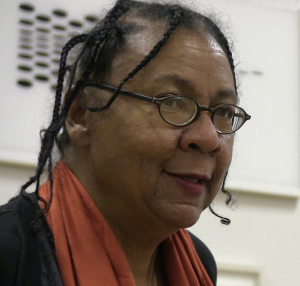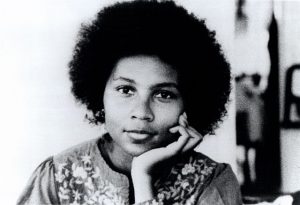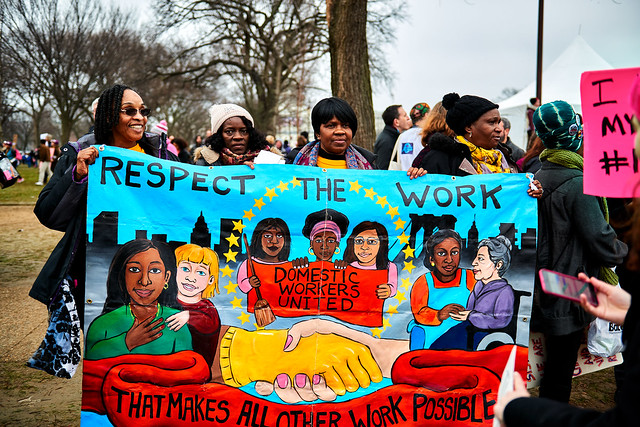Chapter Eight – Feminism is for Everybody
Notes on bell hooks
bell hooks 1952-Present

Early Life

- Born to a working class family in Hopkinsville, Kentucky
- Attended first racially segregated schools and later integrated. Wrote about difficulties to adapt to integrated schools: a “white” environment
Adult Life
- 1976 English professor and senior lecturer in Ethnic Studies at the University of Southern California
- Writes her name in lower keys to honor her grandmother (Bell Hooks) and emphasize importance of what is written, not the writer
- Taught at Yale, Oberlin, Berea and other universities
- PhD in 1983
What is Feminism?
- Feminism is a movement to end sexism, sexist exploitation, and oppression
What is Sexism?
- Sexism is both discrimination based on gender and the attitudes, stereotypes, and cultural elements that promote this discrimination
- “…all sexist thinking and action is the problem, whether those who perpetuate it are female or male, child or adult.” bell hooks
What is Patriarchy?
- Patriarchy is one form of social stratification via a power/dominance hierarchy- an ancient and ongoing social system based on traditions of elitism (a ranking of inferiorities) and its privileges
- Women-only households are not necessarily free of patriarchal values
Feminism is Not Against…
Men. It is against male-dominated processes.
A World of Equals
- A feminist revolution alone will not create such a world; we need to end racism, class elitism, and imperialism
- (also ableism, transphobia, body shaming, ageism, and other instances of oppression)
“Christian Values” Keep Women at Home, Consciousness- Raising Groups Did the Opposite
- Even as women are part of the working population, they are still envisioned as mothers and house-wives

People at the 2017 Women’s March demanding respect for paid and unpaid care work disproportionately done by femme people. - Consciousness Raising Groups (CRG) served as spaces for reflection, mobilization, and coordination of feminist actions
- Anti-hierarchal spaces: all women’s voices needed to be heard, and planted the seeds for Women Studies programs
- As CRGs disappeared, feminism became increasingly liberal and white. Corporate feminism.
Power is a Relation That Traverses All Human Relations
- Hooks calls to overcome master/slave relations even within groups that live in a situation of brutal oppression
Evolution of Feminism
- From anger at men, feminism moved to understand that male dominated process can be upheld by women as well. Focus on “gender justice”
- “Sisterhood” had to acknowledge that there were class and racial differences amongst women, and that some women oppressed other women
- White liberal women (almost) won gender equality in the workforce in a white supremacist environment: many women of color and revolutionary women think that women will not achieve equality under present white supremacist capitalist patriarchy
- Gradually, feminism lost its revolutionary edge: conservative and liberal feminists were content with their acquired freedoms, as their higher income allowed them to exploit other women to do “women’s” jobs
A Call for Alliances
- Sisterhood, acknowledging differences
- Intersectionality (not mentioned by name, but presented as implicit methodology)
- Men, White Women, everybody needs to be involved in raising all women’s status
- Move away from victimization to struggle with all and for all (Nietzsche)
- Against binary identity politics
Media Attributions
- bell hooks at the New School discussing transgressive sexual practice © Alex Lozupone (Tduk) is licensed under a CC BY-SA (Attribution ShareAlike) license
- bell hooks © Montikamoss is licensed under a CC BY-SA (Attribution ShareAlike) license
- Women’s March © Alan Greig is licensed under a CC BY-NC-SA (Attribution NonCommercial ShareAlike) license

